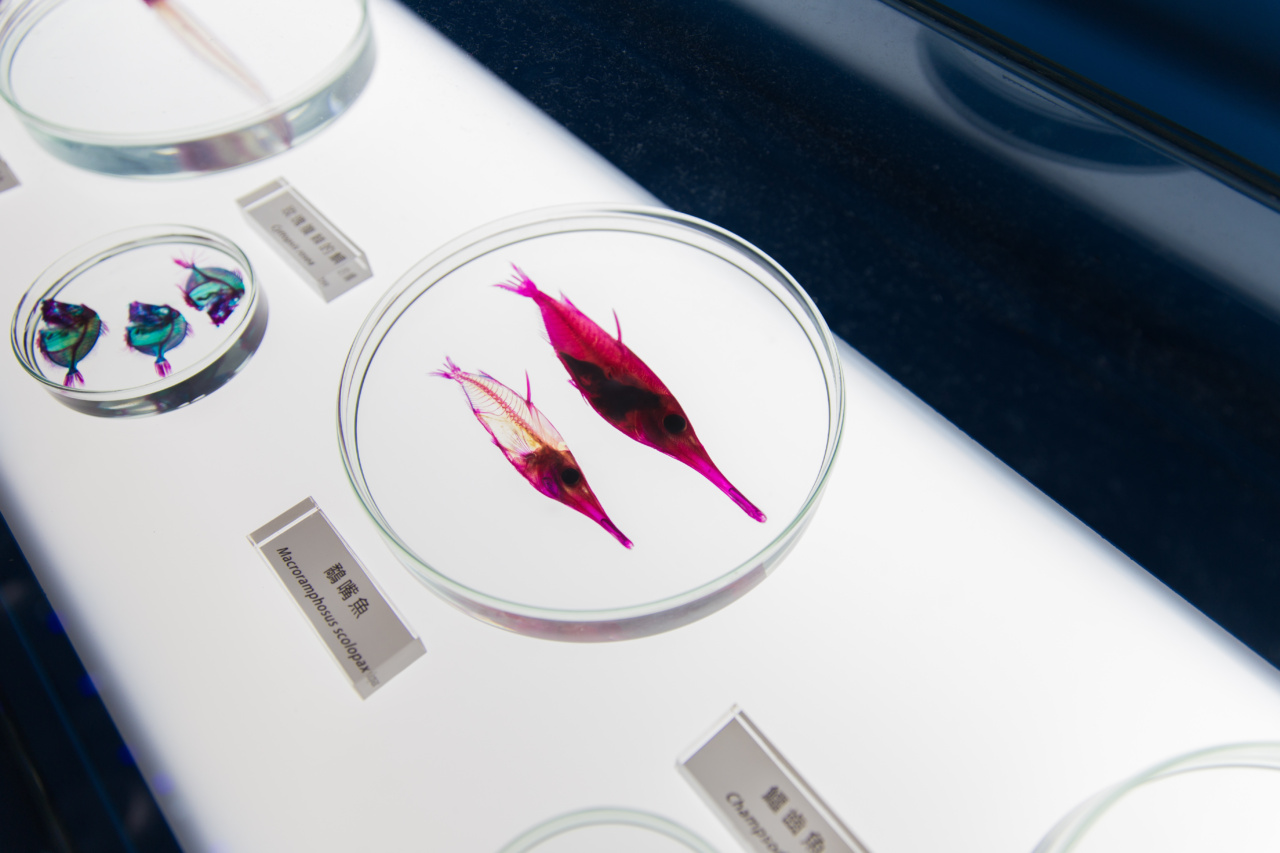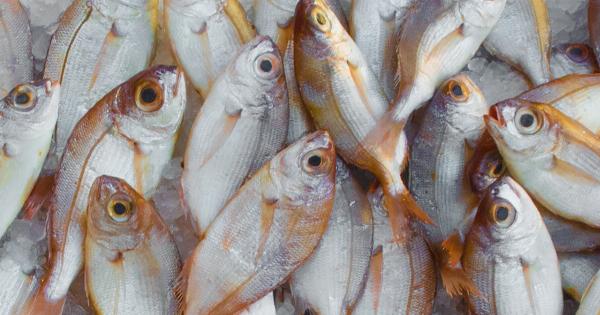Fish is generally considered a healthy and nutritious food choice due to its abundance of vitamins, minerals, and high-quality proteins. However, not all types of fish are good for you.
While most fish species offer numerous health benefits, some can contain high levels of mercury, toxins, or other harmful substances that can pose risks to your health when consumed in large quantities. In this article, we will discuss the types of fish that are bad for you and explore the reasons behind their potential risks.
1. King Mackerel
King mackerel, often referred to as Kingfish, is a large predatory fish that is known for its strong flavor and oily meat. While it is low in saturated fat and a good source of omega-3 fatty acids, it is also known to have high levels of mercury.
Mercury is a heavy metal that can accumulate in the body over time, potentially leading to various health issues, especially in pregnant women and young children. Therefore, it is advisable to limit or avoid the consumption of king mackerel, especially for vulnerable populations.
2. Shark
Shark is a popular seafood delicacy in some parts of the world. However, shark meat is known to contain high levels of mercury, making it a fish to avoid consuming frequently.
Mercury levels in shark can vary depending on the species and the region it was caught in. Higher levels of mercury can pose a risk to the nervous system, particularly in pregnant women and young children. Therefore, it is best to limit the consumption of shark, especially for those who are more vulnerable to mercury exposure.
3. Swordfish
Swordfish is a large predatory fish that is often enjoyed for its firm texture and rich flavor. However, like king mackerel and shark, swordfish contains high levels of mercury.
Due to its long lifespan and position in the food chain, swordfish can accumulate significant amounts of mercury in its flesh. Pregnant women, nursing mothers, and young children should avoid or limit their consumption of swordfish to reduce their mercury intake.
4. Tilefish
Tilefish is a type of fish that is typically found in warm saltwater environments. It is known for its mild flavor and firm texture. However, like other large predatory fish, tilefish can contain high levels of mercury.
Tilefish is often included in the “Do Not Eat” list for pregnant women and children due to its potential mercury content. If you enjoy tilefish, it is best to consume it in moderation or replace it with safer alternatives.
5. Bluefin Tuna
Bluefin tuna is a popular and prized fish, particularly in sushi and sashimi dishes. While it is highly valued for its flavor and texture, bluefin tuna, especially the larger and older specimens, can accumulate high levels of mercury over time.
Additionally, bluefin tuna is an overfished species, and consuming it in large quantities contributes to the depletion of marine populations. It is therefore advised to limit the consumption of bluefin tuna and opt for more sustainable tuna species.
6. Marlin
Marlin is a fast-swimming fish that is famous among sportfishermen. However, marlin is known to have high mercury levels, which can make it potentially harmful when consumed regularly. The larger the marlin, the higher the mercury content.
Therefore, it is recommended to limit the consumption of marlin, especially for pregnant women, nursing mothers, and young children.
7. Chilean Sea Bass
Chilean sea bass, also known as Patagonian toothfish, has gained popularity as a gourmet fish due to its buttery texture and delicate flavor.
However, this fish is frequently listed as a species to avoid due to overfishing and its vulnerability to extinction. Overfishing can lead to the disruption of marine ecosystems and the decline of other marine species. It is crucial to choose sustainable alternatives to Chilean sea bass to help preserve marine biodiversity.
8. Imported Catfish
Imported catfish, often sourced from countries with less stringent regulations, has raised concerns regarding its safety and quality.
There have been instances of imported catfish being fraudulently mislabeled, sold as a different species, or contaminated with harmful substances. It is advisable to buy domestically sourced catfish or choose other types of fish that are known to be safe and well-regulated.
9. Farmed Salmon
Although salmon is generally considered a healthy fish choice, not all types of salmon are created equal. Farmed salmon, in particular, can contain higher levels of contaminants compared to wild-caught salmon.
These contaminants may include dioxins, PCBs, antibiotics, and pesticides used in fish farming. When purchasing salmon, it is best to opt for wild-caught varieties or look for responsibly farmed options that prioritize environmental sustainability and minimize the use of chemicals.
10. Tilapia
Tilapia is considered a mild and affordable fish that is widely available in many parts of the world. However, there are concerns about its nutritional profile and farming practices.
Compared to other fish, tilapia tends to have lower levels of omega-3 fatty acids. Furthermore, the farming methods used for tilapia can involve the use of antibiotics and pesticides.
While tilapia can still be a part of a balanced diet when consumed in moderation, it is recommended to choose wild-caught or responsibly farmed alternatives whenever possible.
Conclusion
While fish is generally recognized as a healthy food choice, it is essential to be aware of the potential risks associated with certain types of fish.
The fish species mentioned in this article, such as king mackerel, shark, swordfish, tilefish, bluefin tuna, marlin, Chilean sea bass, imported catfish, farmed salmon, and tilapia, can contain high levels of mercury, toxins, or may have environmental concerns associated with their consumption. It is crucial to make informed decisions and choose safer alternatives whenever possible to enjoy the health benefits of fish while minimizing potential risks.

























